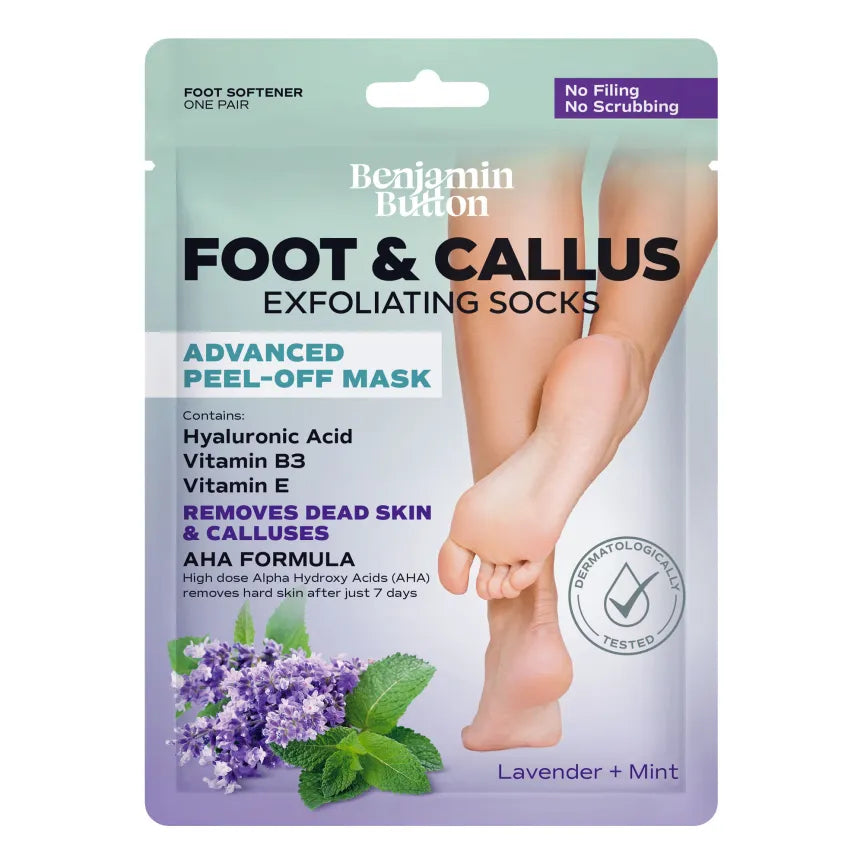Understanding Week 2 Intervals
The second week of your running program is pivotal. It introduces you to the power of intervals, a revolutionary training method that can enhance your performance and speed. By incorporating interval training, you transform your routine, pushing past limits and achieving your goals much faster.What are Intervals?
Intervals consist of alternating periods of high-intensity running followed by recovery. This structure not only builds endurance but also helps improve cardiovascular health. Here are the main components of an effective interval workout:- High-Intensity Phase: This segment is where you push your pace, running explosively and with effort. The goal is to challenge your muscles and cardiovascular system.
- Recovery Phase: After the high-intensity segment, you ease back into a slower run or walking. This allows your body to recover and is crucial for maximizing your performance in the next interval.
- Duration: Typical intervals range from 30 seconds to several minutes, depending on your fitness level and running goals.
Benefits of Week 2 Intervals
As you embark on your second week of intervals, it's important to recognise the multitude of advantages this method brings to your running journey. Here are some compelling benefits:- Increased Speed: With regular interval training, you’ll notice a significant improvement in your running speed as your body becomes accustomed to higher intensity levels.
- Enhanced Endurance: Interval workouts challenge your stamina and will improve your overall endurance, allowing you to run longer distances at a consistent pace.
- Time Efficient: These workouts can be completed in a shorter amount of time compared to traditional steady-state runs, making them ideal for those with busy schedules.
- Boosted Metabolism: Interval training is effective at burning calories, even post-workout. This is thanks to the increased afterburn effect slightly after finishing your workout.
- Variety in Training: Incorporating intervals keeps your training exciting and can stave off boredom. It’s a dynamic way to move and challenge your body.
Structuring Your Week 2 Interval Workout
A well-constructed interval workout is key to optimising your performance. Here’s how to create an effective plan for Week 2:Sample Workout Plan
Follow this example of a typical interval session. Adjust the durations based on your personal ability.- Warm-up: Start with a 10-minute easy jog to prepare your muscles and joints.
- Interval 1: 30 seconds high-intensity run followed by 1 minute of walking or slow jogging. Repeat this five times.
- Rest: Take a 2-minute walking break.
- Interval 2: 1 minute high-intensity run followed by 1.5 minutes of walking. Repeat this four times.
- Cool Down: Finish with a 10-minute easy jog or walk, allowing your heart rate to return to normal.
Tips for Success
To extract maximum benefits from your intervals, consider the following tips:- Listen to Your Body: Pay attention to how your body responds during high-intensity phases. If you feel pain or extreme fatigue, adjust your intensity levels.
- Focus on Form: Maintain good running form, as it becomes even more crucial during high-intensity intervals. Keep your posture upright, shoulders relaxed, and engage your core.
- Stay Hydrated: Drinking water before, during, and after your intervals prevents dehydration and helps your recovery.
- Fuel Your Body: Make sure you have a nutritious meal or snack before your workout. A balance of carbohydrates and proteins will serve you well.
- Track Progress: Keep a record of your workouts, noting any improvements in speed or endurance. This data will motivate you to keep pushing forward.
Evaluating Your Progress
As you navigate through week two of your running programme, it's essential to monitor your progress. Here’s how you can gauge your improvement:- Timing Yourself: Record the times of your interval sprints during each session. Over time, you should see your pace improve.
- Feelings of Fatigue: Notice how quickly you recover between intervals; faster recovery times indicate better cardiovascular fitness.
- Increases in Distance: With speed comes distance. Track how far you can run within the set intervals. If you’re covering more ground, you’re making strides in training.
- Mood and Motivation: Check in on how you feel after workouts. A positive outlook usually indicates rising confidence and a greater love for the sport.






















